Common tiger (Danaus genutia)
Common Tiger (Danaus genutia)
(also known as the Striped Tiger)
The Common Tiger is a striking butterfly belonging to the family Nymphalidae, subfamily Danainae (the milkweed butterflies), and closely related to the famous Monarch (Danaus plexippus). It is one of the most widespread and familiar butterflies in tropical and subtropical Asia, admired for its graceful flight and vivid coloration.
🦋 Identification
- Wingspan: 70–95 mm
- Coloration:
- Upperside: Bright orange with bold black borders and white spots on the forewings
- Veins on wings are strongly black-lined, giving the “striped” appearance that distinguishes it from the Monarch
- Hindwings: Orange with black margins and a series of small white spots along the edge
- Underside: Paler, with similar patterns
- Sexual dimorphism:
- Males have a characteristic black scent patch (androconial spot) on the hindwings, used during courtship.
🌿 Habitat
- Occurs in a wide range of habitats, including:
- Tropical and subtropical forests
- Scrublands
- Gardens
- Urban parks
- Roadsides and open fields
The Common Tiger is highly adaptable and often found near human settlements.
🌱 Food Plants
Larval host plants (all members of the milkweed family Apocynaceae and Asclepiadaceae):
- Calotropis spp. (e.g., giant milkweed Calotropis gigantea)
- Cynanchum spp.
- Tylophora spp.
- Asclepias spp. (milkweeds)
The caterpillars ingest toxic compounds (cardenolides) from these plants, making both caterpillars and adults distasteful to predators.
🔁 Life Cycle
- Eggs: Laid singly on the underside of host plant leaves
- Larvae: Striking caterpillars with black, white, and yellow stripes, and pairs of long black filaments
- Pupation: Forms a beautiful green chrysalis with golden spots
- Adults: Can breed year-round in tropical climates
🌍 Distribution
- Widely distributed across:
- South Asia (India, Sri Lanka, Nepal, Bangladesh)
- Southeast Asia (Thailand, Malaysia, Indonesia, Philippines)
- Parts of southern China
- Occasionally seen in northern Australia
🧬 Interesting Facts
- Mimicry:
- The Common Tiger is part of a mimicry complex; many butterflies mimic its warning coloration to deter predators.
- Its resemblance to the Monarch often confuses observers.
- Defense:
- The toxins accumulated from host plants render it unpalatable to birds.
- Its slow, gliding flight is typical of toxic butterflies that rely on warning coloration rather than speed to avoid predators.
- Cultural significance: Frequently appears in Asian folklore, art, and butterfly parks due to its beauty and approachability.
🛡️ Conservation Status
- IUCN Red List: Not threatened
- Populations are generally stable or increasing due to adaptability and wide host plant range.
The Common Tiger (Danaus genutia) is a spectacular and important butterfly species, playing a key role in tropical ecosystems as both pollinator and as part of complex mimicry and predator-prey interactions. Its bright, bold pattern makes it one of the most easily recognized butterflies in Asia.

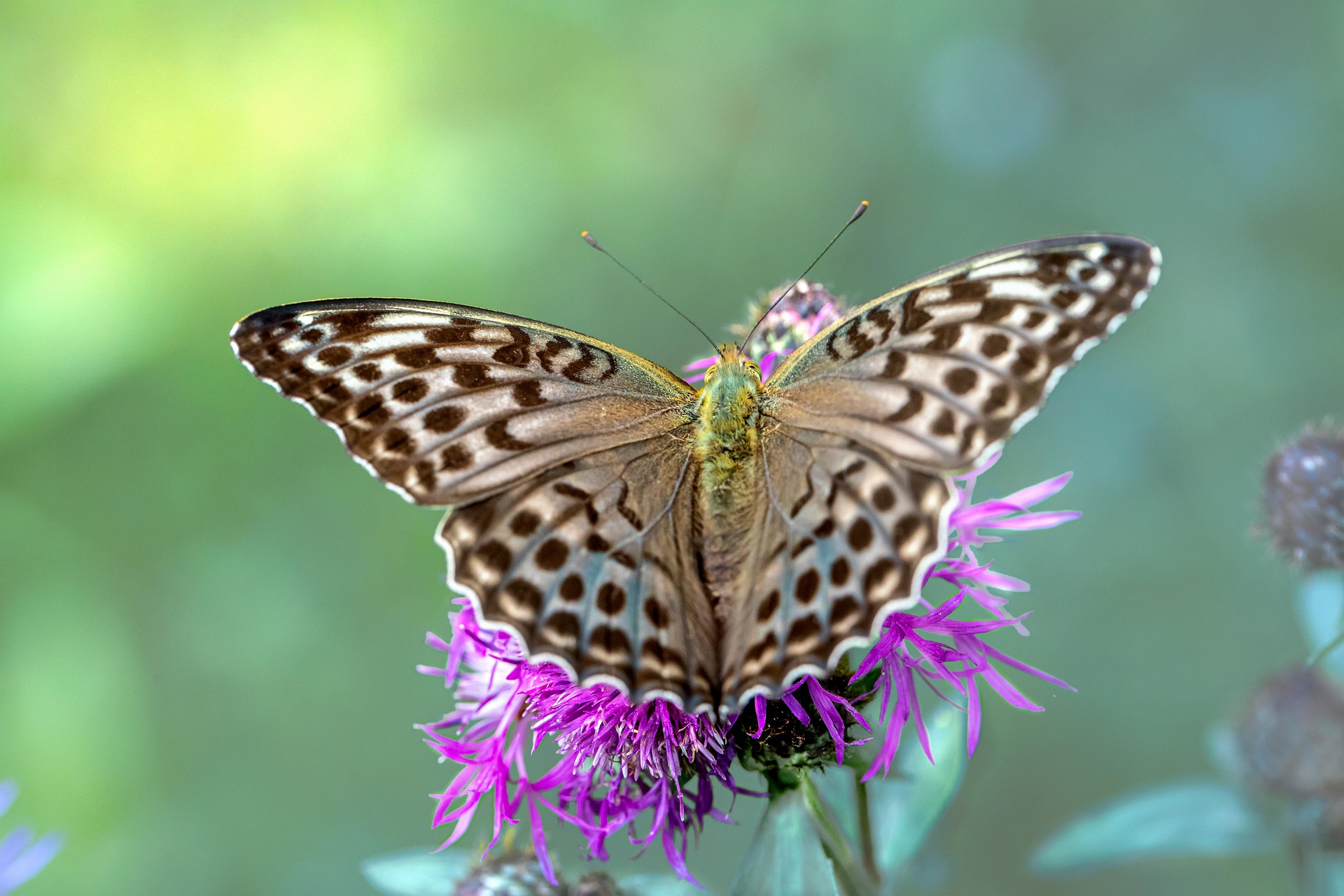

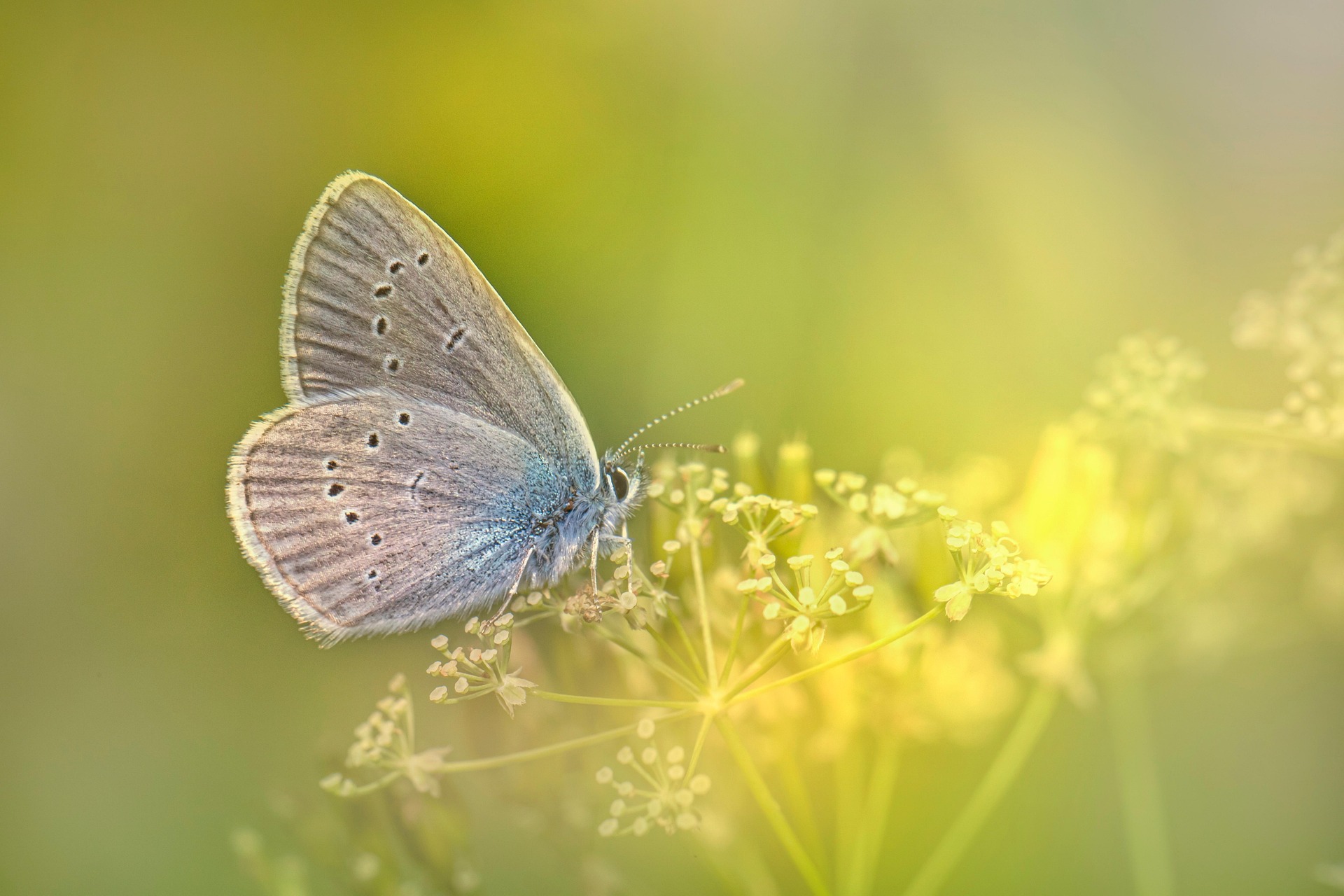
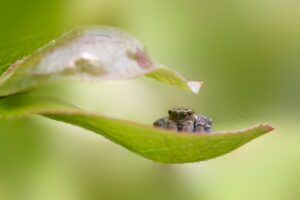
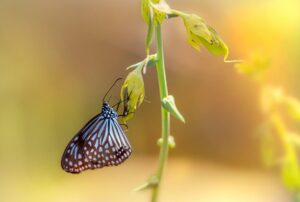
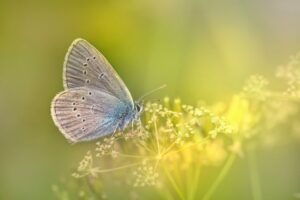
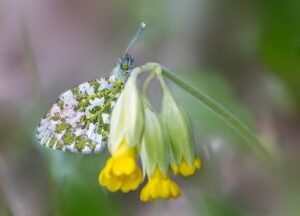
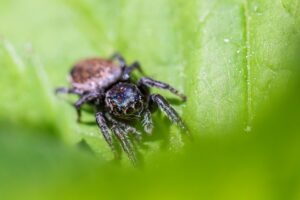
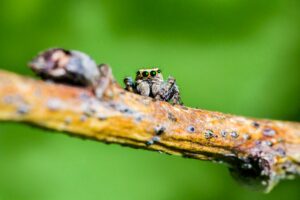
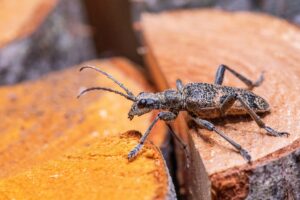
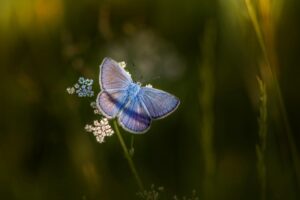
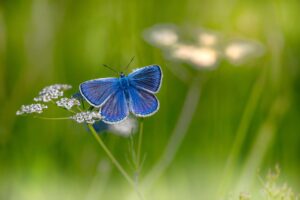
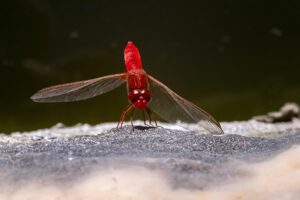
Post Comment